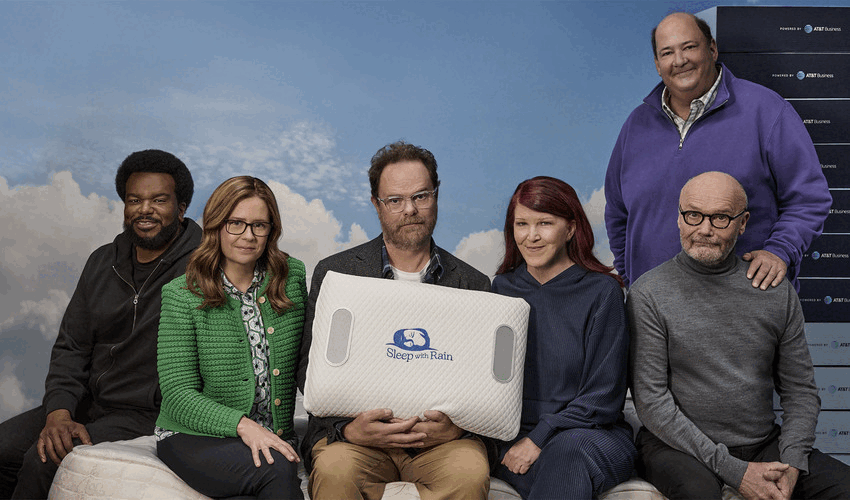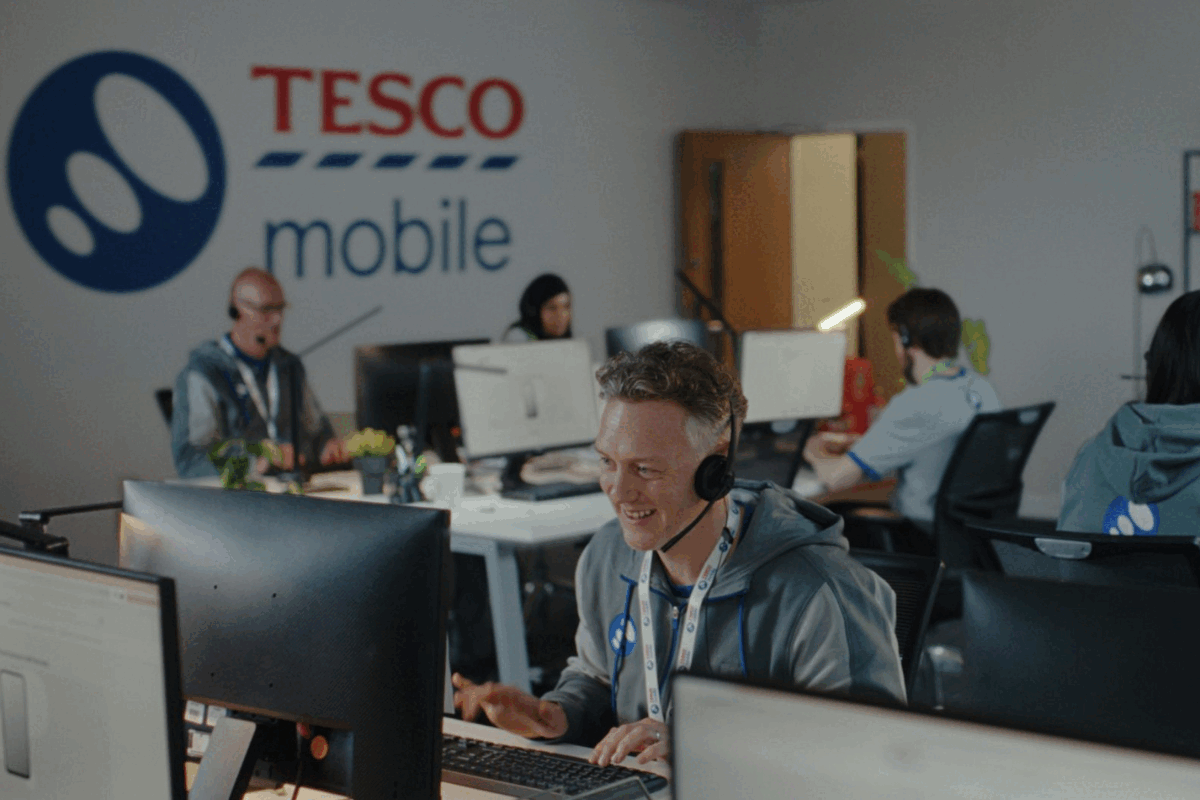David Murphy catches up with Warwick Hill, CEO of ad-funded video provider 3rd Space
DM: So whats the big idea Warwick?
WH: We provide free mobile video services to mobile subscribers. The clips are sponsored, which means the operator can offer them for free, and there are no integration or deployment costs to the operator. The 3rd Space platform automatically tailors video delivery for all types of mobile phones, and drives revenue for mobile operators, brand advertisers and content owners, on the basis of cost per mobile view.
DM: How long has the service been running?
WH: Our first deployment, with Reliance in India, launched on 15 October. In the first month, we sent out 1.1 million texts to drive people to the portal. That generated 285,000 unique visitors, and they averaged seven page views per visit, which equated to 1.8 million page impressions and 2.5 video views per visit. There were 465,000 downloads in that first month and 654 different handsets used the platform.
DM: So how many videos are there to look at?
WH: We launched with 90, and we are in the process of adding another 250, mainly Bollywood content. We have taken existing content and clipped it down for mobile. So we have fashion catwalks, Bollywood songs from shows and cartoons, and we will soon be launching mobisodes of the Indian version of Who Wants to be a Millionaire presented by Shahrukh Khan, who is a huge Bollywood star.
DM: And how is the inventory sold to advertisers?
WH: Its sold on a cost per mobile view basis. The revenue goes to the operator and we take a share of it.
DM: So if the advertiser is paying per download, can they put a limit on the number of downloads to cap their spending?
WH: Yes. It can be done campaign by campaign. You upload a video and put the data and download parameters in the system, and it will predict when the budget will run out and send the advertiser an alert to warn them that the budget is almost used up, and ask them if they want to allocate more funds to it if the campaign is going well.
Then the system takes the video, renders it around 30 different ways to cover off different formats and extensions, GSM or CDMA, different operating systems and quality parameters, so that whatever handset it is viewed on, the video is rendered to the highest value it can take.
DM: And what about targeting?
WH: Yes, we can target by content genre, time of day, day of week, there are lots of different parameters we can use.
DM: So what form do the ads take? Are we talking pre-roll videos?
WH: Yes, pre-roll advertising of 15-20 seconds duration, with a post-roll call to action to encourgae the user to interact with the advert and enter into the promotions.
DM: And what sort of advertisers are you talking to?
WH: Theres a variety, including a drinks brand, fast food chain, and financial services companies.
DM: So youre up and running with Reliance in India. Are there any more deployments in the offing?
WH: Yes, we will soon be launching with Warid and WorldCall in Pakistan. Thats a large cable TV company with its own mobile operator.
DM: Anything in the UK?
WH: We will also be launching mobile video services with a new UK Hutchison 3 MVNO client in January 2010 called Simfinity with their Live Life in 3G launch campaign.
DM: Why is there not more of this type of activity in the UK, do you think?
WH: Its very hard work trying to deal with the UK operators. Their typical attitude is, Well do it when we are ready and give the subscribers what they want when we want to give it. There has to be a culture change and until that happens, we are happy working with operators in emerging markets, where there is much less resistance to rationalise costs and share technology assets.
If you take an operator like Warid, they are a smaller operator with around 14 million subscribers, so to compete with bigger operators like Reliance with 95 million subscribers, they need to be more dynamic and fleet of foot to roll out services that the bigger guys would take longer to deploy. So for them, someone like us who sits in the middle and operates an outsourced, cloud-based portal providing entertainment services, delivering millions of assets in a cost effective manner with 100% up-time is very appealing.
DM: So how big an integration task is it at the network end?
WH: The integration with the operators network is minimal, about 30 minutes work. They have to configure the WAP gateways to pass the MSISDN (the mobile number) through to us to track and profile what the user does on the portal then provide us the WAP gateway IPs and we then block anyone whos not from within that IP address range so only our clients customers can access it, and thats just about it.

















